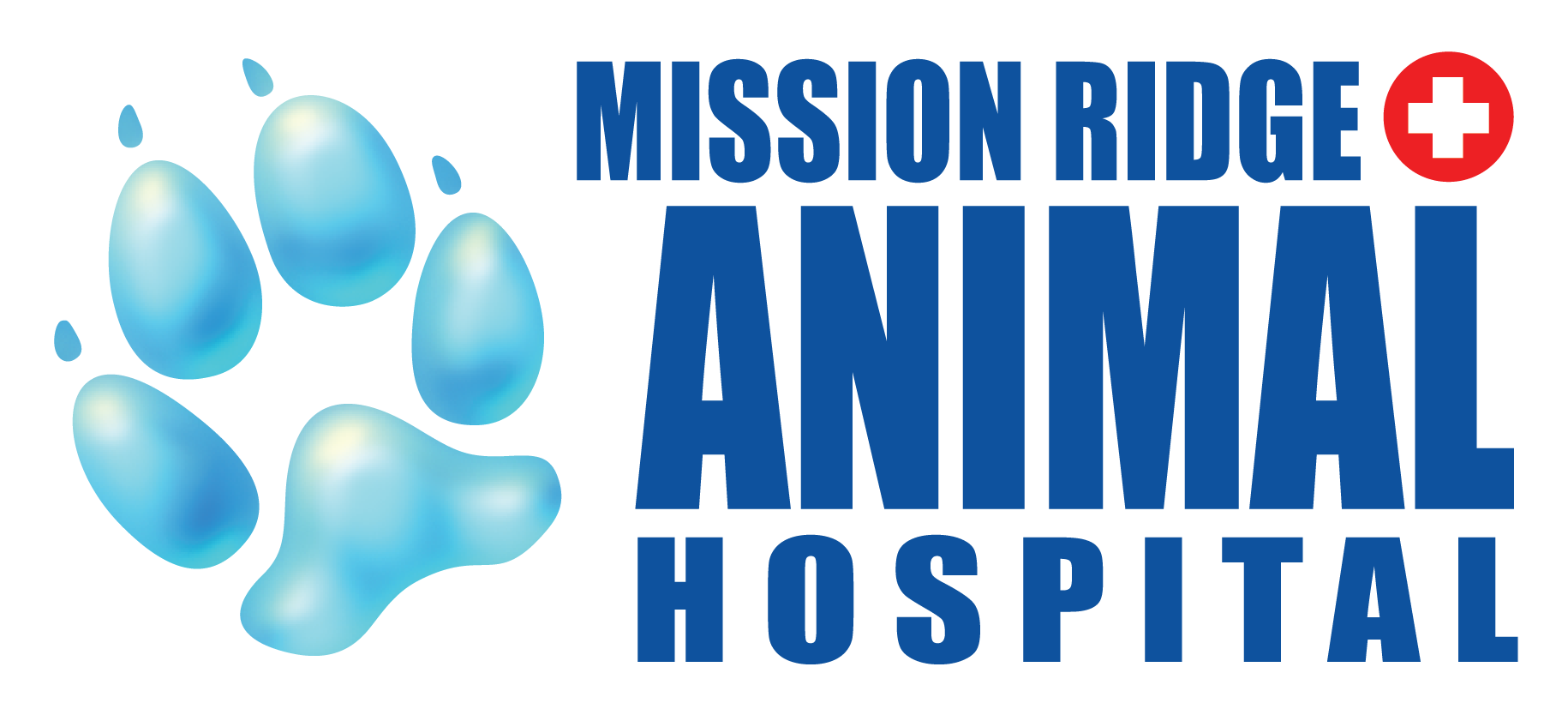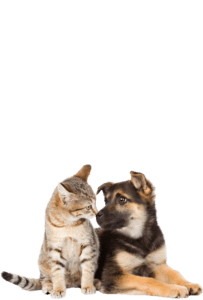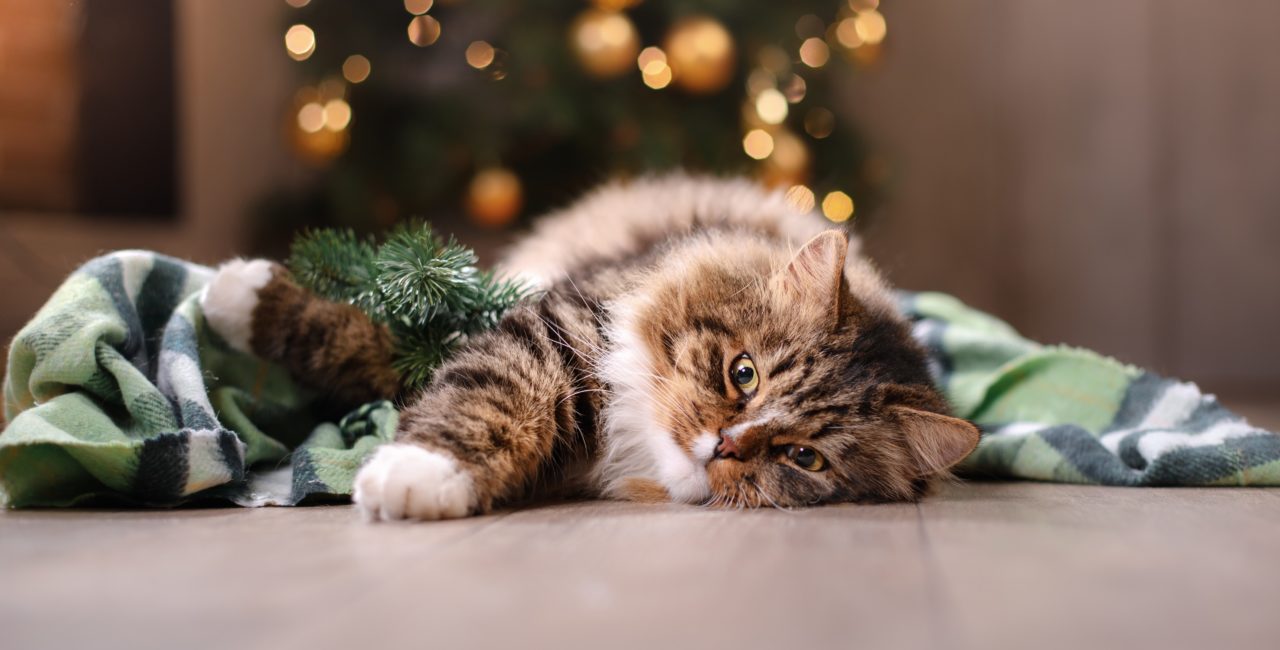Take a look at some simple tricks and information to help you keep your furry family members safe during the upcoming holidays.
Christmas Tree
The oils produced by fir trees can be irritating to a pet’s mouth and stomach, causing excessive vomiting or drooling. The tree needles may cause gastrointestinal irritation, obstruction, and puncture. A few tips to prevent your pets from climbing the tree include placing the tree in a corner, blocking off from wanting eyes. For attempting to jump onto the tree, you can place aluminum foil, a plastic bottle filled with anything that makes noise on the tree’s bottom branches to warn you of a possible disaster. Be cautious with lights and ornaments on lower branches to make sure your pet doesn’t get tangled or break an ornament in their mouths or step on shards.
Table Scraps
Turkey and chicken bones, skin and other rich foods can pose a real danger to your pet. All of that fat and seasoning is dangerous for dogs and cats. The fat content can cause pancreatitis, and the seasonings can irritate your dog’s stomach. Make sure you only feed your pet the meat. Onions are toxic, and garlic is potentially toxic in large quantities. Don’t fall for their pleading puppy eyes.
Poinsettia: Has brightly colored leaves that contain a sap that is irritating to the tissues of the mouth and esophagus. If the leaves are ingested, it will likely cause nausea and vomiting. For the plant to cause poisoning, pets will have to eat a large amount but will likely not happen due to the irritating taste and feel of the sap.
Holly and Mistletoe: These plants have a greater toxicity level. Symptoms of illness from ingesting them can be vomiting, diarrhea, excessive drooling, and abdominal pain. Mistletoe can cause a severe drop in blood pressure, breathing problems and even hallucinations. If a large enough amount is ingested, seizures and death could follow.
Lilies and Daffodils: Plants in the lily family can be toxic. Eating even a small amount of the plant, even the pollen will have a severe impact on a pet’s system including kidney failure, intestinal and nervous system issues. Daffodils are in the lily family, which explain why they are so toxic. All parts of the plant are poisonous, including the bulbs, leaves, and flowers. Even the water the daffodil stands in if ingested can cause poisoning.
Amaryllis: The beauty of this plant is matched by its toxicity. The plant contains Lycorine and other noxious substances, which causes salivation, vomiting, diarrhea, abdominal pain, decreased appetite, lethargy, and tremors in both cats and dogs. The bulb is reputed to be even more dangerous than the flowers or stalk.
Christmas Cactus: The plant is not toxic to either cats or dogs. However, fibrous material can cause irritation to the stomach and intestines, leading to vomiting or diarrhea.
In conclusion, being safe will help you protect your family pet and yourself from panic.
Written by Samantha Hansen, CSR



